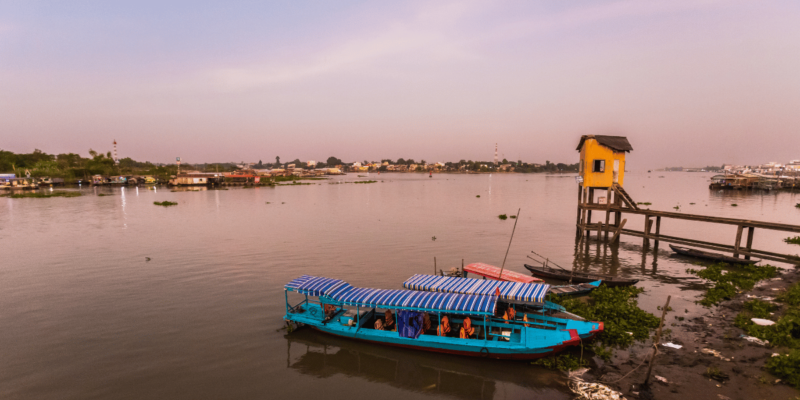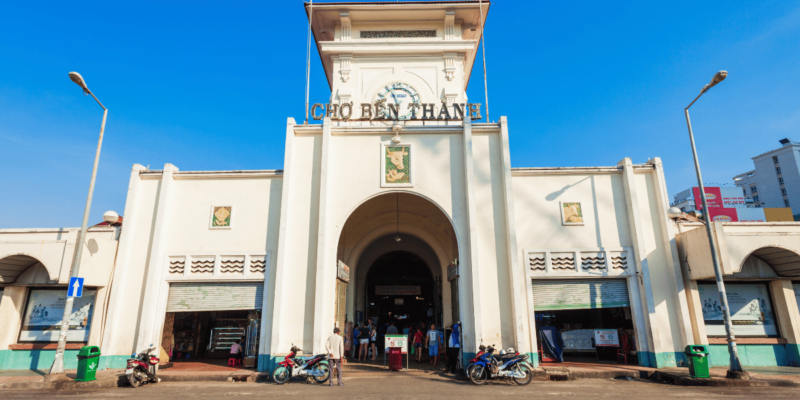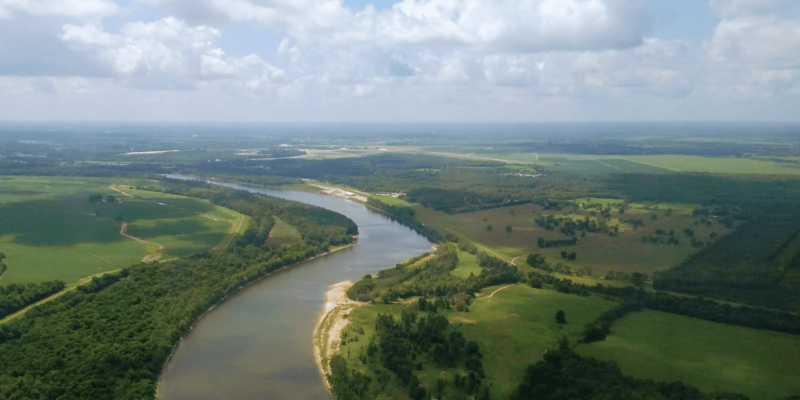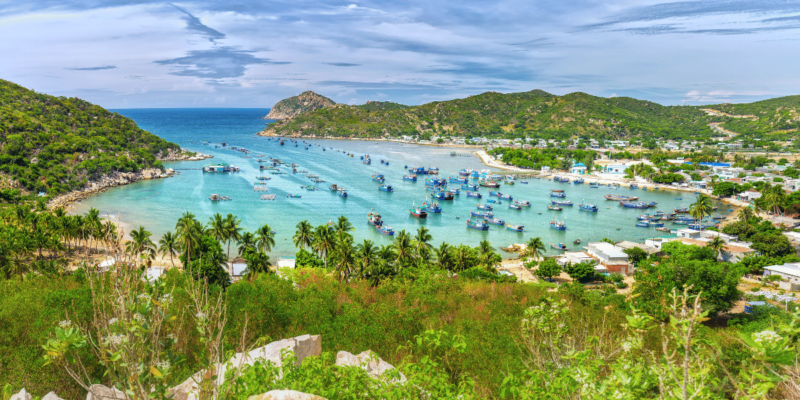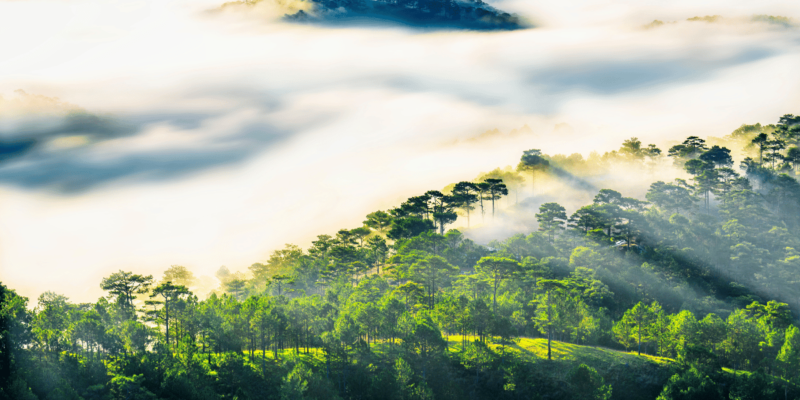Ha Long City: A Tale of Two Sectors and the Gateway to Natural Wonders
Ha Long City, situated in the Quang Ninh province of Vietnam, serves as a gateway to the stunning Ha Long Bay, a UNESCO World Heritage Site. The city itself was formed in the 1990s by merging two distinct areas: Bai Chay, a tourist sector, and Hong Gai, a larger industrial and commercial hub. This union was initially marked by stark contrasts, exacerbated by the physical division of the Cua Luc estuary which required a vehicle ferry for crossing. However, ongoing developments, including the construction of a bridge, aim to unify these areas more seamlessly.
Despite its strategic location, Ha Long City’s architecture and facilities have not garnered much praise, and the city has struggled with an image problem, being harshly critiqued in travel guides. Bai Chay, in particular, is noted for its haphazard development and lack of appealing attractions beyond basic tourist facilities like hotels and souvenir shops. As a result, visitors are often advised to bypass the city’s accommodations in favor of overnight boat stays directly in Ha Long Bay.
Hong Gai, on the other hand, offers a more authentic Vietnamese urban experience. Unlike Bai Chay, Hong Gai has retained its local character and industrial base. The area was extensively rebuilt post-war, as it was nearly leveled during conflict. A significant part of its charm lies in the small preserved area around Bai Tho Mountain. Known as ‘Poem Mountain’ for the inscriptions carved into its face by historical figures, this site offers rich biodiversity and panoramic views of Ha Long Bay and is an important cultural and religious site, featuring notable temples and historical remnants.
Hong Gai’s bustling markets and port area reflect the vibrancy of Vietnam’s emerging industrial cities and provide a stark contrast to the tourist-oriented Bai Chay. The city’s potential is set to increase dramatically with the completion of infrastructure projects aimed at improving connectivity to southern China, which will likely transform Ha Long City into a major commercial hub.
Currently, the city offers a range of accommodations primarily in Bai Chay, with a few high-quality hotels and numerous budget options. Dining in Ha Long City, particularly the seafood offered on boat tours and at a notable floating restaurant near Bai Tho Mountain, is a highlight. However, evening entertainment options are limited.
The development of Tuan Chau, a nearby island transformed into a resort area, represents an attempt to enhance the local tourism offer. Although it targets mainly Vietnamese and Chinese tourists, its quality accommodations mark a shift towards more substantial tourist infrastructure in Ha Long City.
In summary, Ha Long City is at a crossroads of preservation and modernization, balancing its role as an industrial center and a portal to one of Vietnam’s most famous natural attractions. As development continues, the city is likely to overcome its current limitations and fully capitalize on its unique geographical and cultural position.

